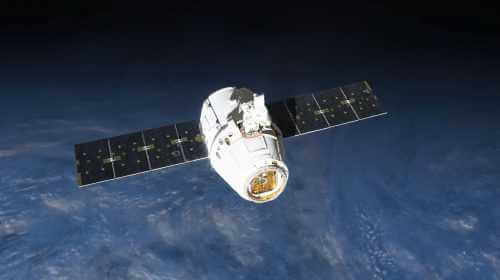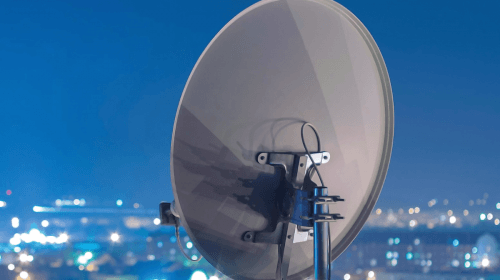Can Industry Pioneer Keep Edge As Rivals Surge Ahead?
Jan 19, 2025
In the latest setback for SpaceX, the recent test of the company’s Starship rocket system failed, which may cast doubt on the company’s capacity to sustain its leadership in the commercial space market. This decline happens at a time other players like Rocket Lab and Blue Origin have demonstrated growth in their own space businesses changing the balance of the private space industry market.
 Debris in the sky after Starship rocket breakup. Credit: Google
Debris in the sky after Starship rocket breakup. Credit: Google
The latest test flight of SpaceX’s Starship system from Boca Chica, Texas at 17:38 EST revealed that the company had made some progress but remained to experience problems of developing next-generation spacecraft. Regarding the mission, the Starship upper stage which was expected to be detached from the Super Heavy booster at the four minutes into flight, did so as expected and SpaceX posted a video expressing the intended landing of the booster back to its launch pad. But the subsequent failure that occurred during the ascent burn when the upper stage exploded, which SpaceX compared to a ‘rapid unscheduled disassembly,’ is a big loss. This mixed outcome adds to a rising number of technical issues that could impede SpaceX’s packed timeline.
Meanwhile, Rocket Lab has become one of the leading companies in the small satellite launch market, constantly delivering successful missions using the Electron rocket and making good progress on the Neutron vehicle. They have been dependable due to their focus on the innovation of processes and operations and could have attracted customers who would have sought services from SpaceX. The space industry has become more competitive with Blue Origin an aerospace company affiliated with Amazon, making major strides in their orbital launch systems. The recently successful test of their New Glenn rocket system poses a direct threat to SpaceX’s heavy-lift segment. Given the tremendous capital base and clear long-term strategic vision of Amazon’s Blue Origin, it is likely to go head-to-head with SpaceX, especially in the government and commercial satellite launch services markets which SpaceX currently dominates.
These tough competitors arise at a time when SpaceX is struggling to move from Falcon 9 to the Starship project. While SpaceX has been able to out-innovate and out-price the rest of the industry for a while now, the recent failures suggest that this might not be sustainable. The ability to solve technical problems while moving forward to compete with other players such as Rocket Lab and Blue Origin will be an essential determinant of the company’s future progress. Thus, SpaceX has to prove that it can handle the technical challenges it faces in the Starship program and offer dependable service using the rockets it currently possesses. Some of the company’s competitors are not even copying its strategies but are developing innovative business models and capabilities that will redefine the industry. This competitive pressure may force SpaceX to slow down the pace of development of these systems and spend more time to stabilize the next-generation systems.
The evolving environment of the commercial space industry indicates that SpaceX cannot continue to dominate the market solely through its past accomplishments. While companies like Rocket Lab demonstrate excellent operational performance, and Blue Origin, with its access to significant funding, can create viable competitors, the situation has become more challenging for SpaceX. How the company will succeed in addressing these competitive pressures while maintaining its innovative edge will ultimately determine whether it can continue to dominate the expanding commercial space market.





